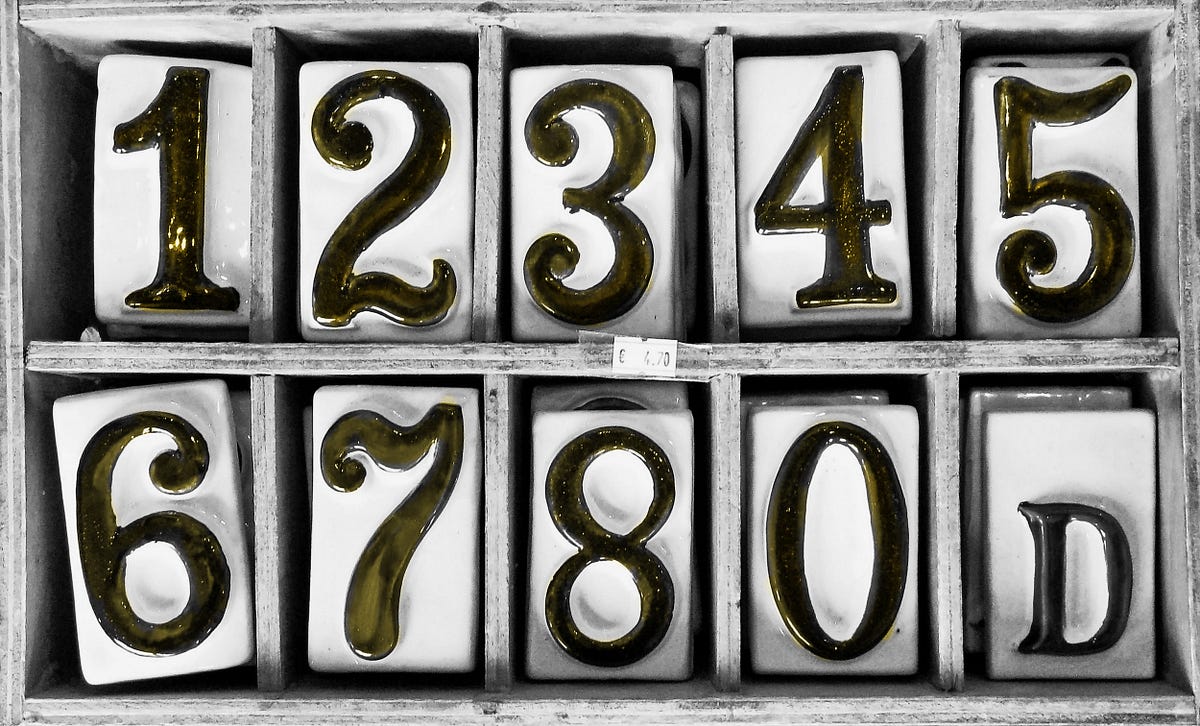Machine learning and AI are taking mobile application development to a new level. Apps that utilizing machine learning can recognize speech, images, and gestures. This gives us new and compelling ways to engage and interact with people in the world around us. But how do we integrate machine learning into our mobile apps?
Developing mobile applications that incorporate machine learning has long been a difficult task. But with the help of platforms and dev tools such as Fritz AI, Firebase’s ML, and TensorFlow Lite, it’s getting easier to do so. These tools provide us with pre-trained machine learning models as well as tools to train and import our own custom models. But how do we actually develop a compelling experience on top of those machine learning models? That’s where Flutter comes in.
The Flutter SDK is a portable UI toolkit built by Google and its open-source community to develop applications for Android, IOS, Web, and Desktop. At its core, Flutter combines a high-performance graphic engine with the Dart programming language. Dart provides both robust type safety and stateful hot reload, which helps developers build reliable apps quickly. Using Flutter, we can build mobile apps with machine learning capabilities like image classification and object detection, for both Android and iOS platforms.
Editor’s note: For a deeper dive into what’s possible with machine learning on mobile, check out our free ebook exploring 14 real-world use cases.
In this article, we’ll combine the power of Flutter and on-device ML to develop a Flutter application that can recognize handwritten digits, using TensorFlow Lite and the famous MNIST dataset.
#technology #flutter #machine-learning #mobile-app-development #heartbeat
